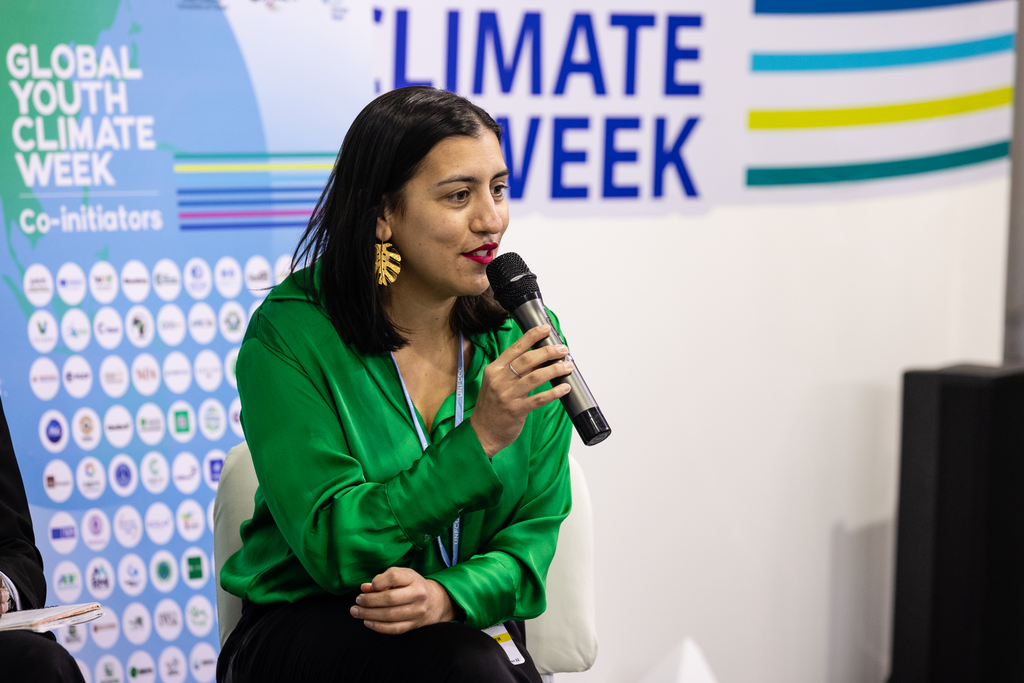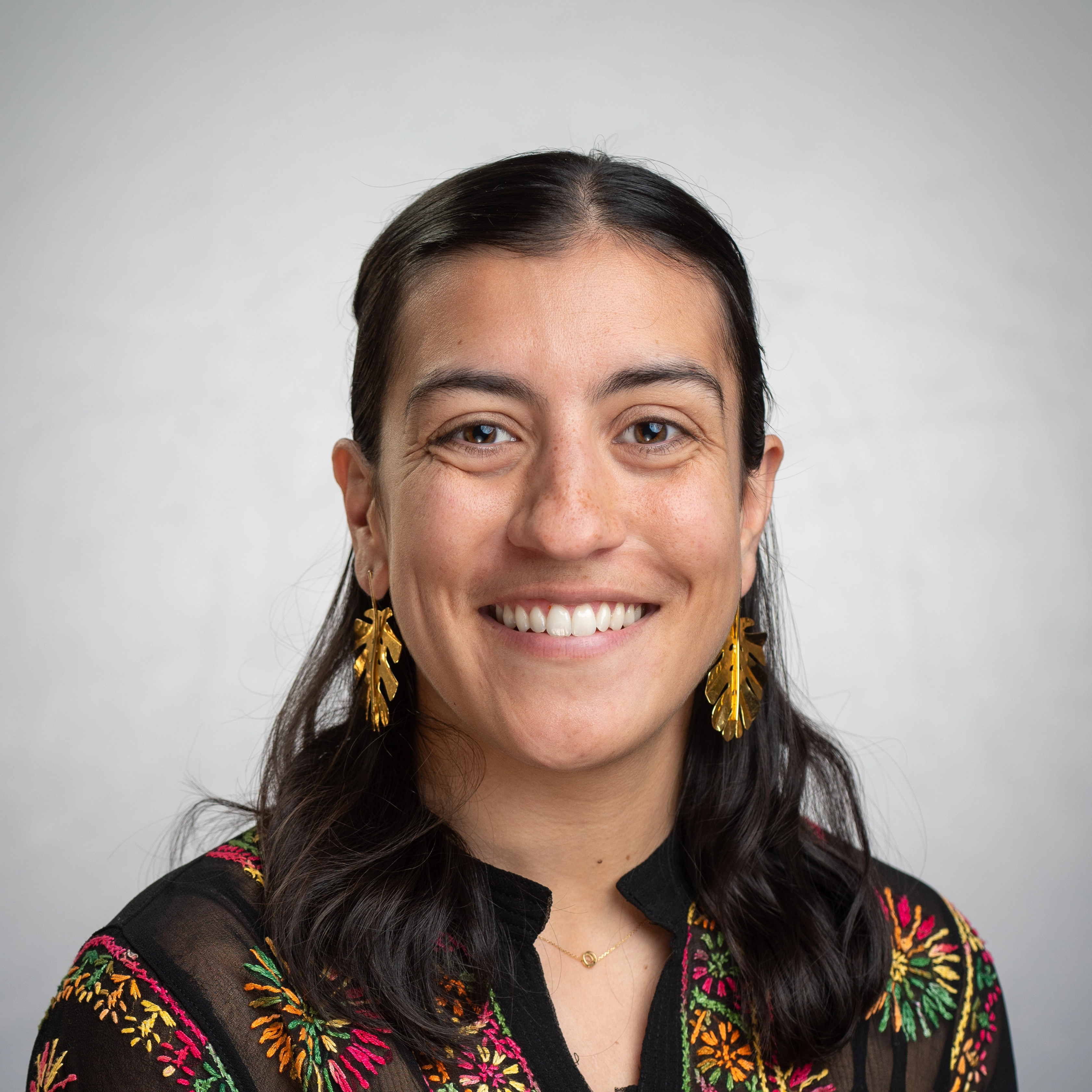Want to attend COP28? Here are my five tips to make the most of it

Alexis McGivern, Net Zero Standards manager
In November last year I attended COP27, my second COP. It was a rollercoaster of talks, meetings, and long food queues. But what actually happens at a COP, and what advice would I give to someone going for the first time?
COP, or the “Conference of the Parties” is an annual meeting of the countries that are signatories to the UN Framework Convention on Climate Change (UNFCCC for short!). COP27 is so-named because it is the 27th meeting since the Convention was signed in 1992, with a one year pause for COVID in 2020.
Alongside my team at Oxford Net Zero and the Smith School, I went to COP27 to embed better integrity in net zero pledges and plans. Our main responsibilities were specifically tied to our collaborative work with the International Standards Organisation (ISO) to create guidelines for Net Zero at the standards level. And in 2021, I attended COP26 as part of the 26,000 Climate Conversations, a campaign I co-founded with two Oxford friends to give people science-based tools to have difficult conversations about climate change.
With one COP already under my belt, I felt much more prepared to navigate the madness and activity. Here are my top five recommendations for making the most of a COP event:
1. Create a routine for yourself each day
Though it might appear hectic from the outside, there’s a clear rhythm to COP. Each morning, different constituency groups meet to discuss events of the day, strategy, and key updates from the negotiations the day before. The University of Oxford is a member of the RINGO constituency (Research and Independent Non-Governmental Organisations). This provides an opportunity to meet with other like-minded researchers and compare notes with NGOs. I went to many of Climate Action Network (CAN)’s daily press conferences throughout both weeks as they provided both an insight into the negotiations from the perspective of climate justice activists and also exposure to lots of different speakers and ideas.
Our schedules were packed with meetings and speaking engagements, especially in the first week, but in the second week we had more time to attend others’ events and, importantly, follow the negotiation tracks relevant to our work.
2. Follow the right people on Twitter
I relied on Twitter more than any other app during COP! By following key leaders in the space, I could find out in real time developments in the negotiations, key upcoming events and actions and get well-informed analysis. I followed journalists from my favourite climate publication, Carbon Brief, as well as specific leaders within the Climate Action Network like Harjeet Singh and Tasneem Essop. I also followed climate justice advocates like Teresa Anderson, Vicente Paolo Yu and then researchers like Saleemul Huq and The New Climate Institute for trusted and critical takes on developments within the negotiations and the non-state actor space. Finally, the Loss and Damage Collaboration had a live Google document where they were relaying the most up-to-date information about the loss and damage negotiations, which I consulted 3 or 4 times a day, especially in the second week.
3. Embrace opportunities for collaboration - even in sandwich queues!
While there were many complaints about the organisation of this year’s COP, especially with regards to the availability of food and water, I came prepared having experienced these same frustrations at COP26 in Glasgow: half of my suitcase was granola bars and nuts, and I bought a pack of dates when I arrived which also got me through some of the longer days! However, the long lines for food also created opportunities for collaboration and conversation. I found myself chatting with finance ministers, climate justice advocacy organisations and researchers I admire. Even grabbing 15 minutes of someone’s time has opened up some new projects, which is exciting!
4. Build in time for reality checks
During the second week, there was a dramatic moment where it looked like references to 1.5C would be removed from the cover text. I was on a bus on my way into the venue in the morning when I checked Twitter and saw the news - the combination of my deep exhaustion from so much work and the fear of this important temperature target being taken off the table caused me to burst into tears on a bus full of delegates! I had to remind myself that while the outcomes from the UNFCCC are incredibly important, there is so much climate action that we can push for from our governments, businesses and individuals that are not constrained by this process.

5. Recognise the inequalities and injustices embedded in the COP system
The final plenary was called at 3am on Sunday 20th of November: exhausted negotiators who had spent the last few days catching sleep on chairs or the floor of side rooms went through the final cover text once more to agree. With the hit of the gavel at 9am, COP27 was over, 39 hours later than planned and making Sharm el-Sheikh the second-longest overrun COP ever.
These overruns are not only exhausting, they have material consequences on the quality of the agreement and worsen the gap between Global North and Global South countries. While larger and wealthier countries are able to bring more delegates and swap negotiators in and out while others can rest, smaller countries with smaller delegations, due to cost constraints, must soldier on for two full weeks of negotiations. Though I had read about this prior to experiencing the later part of COP (last year I only went for week one), it was shocking to see it unfold in front of us.
Despite this, negotiators from the G77 and China, with immense and coordinated support from climate justice advocacy groups, secured a historic loss and damage fund to get polluting countries to pay for the losses and damages of climate change. It was inspiring and energising to see the huge level of coordination and work that went into securing something that groups have been calling for for over 30 years.
Overall, my experience at COP was a mix of professionally stimulating and emotionally turbulent. I look forward to seeing how many of the key agenda items develop at COP28!

